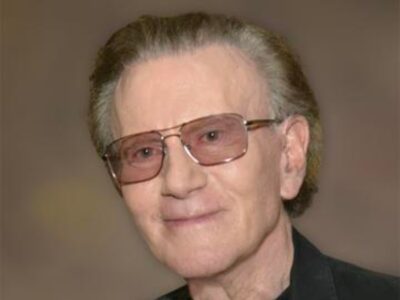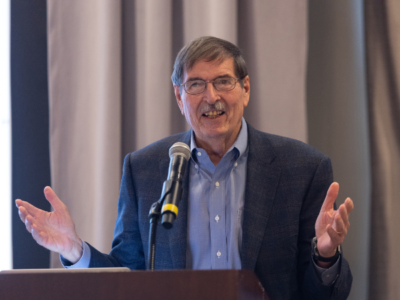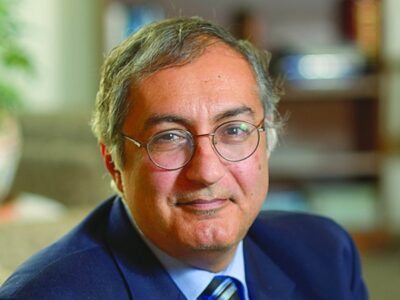As a founding member of the University of Arizona Cancer Center, David Alberts, MD, and his influence on cancer research epitomizes Isaac Newton’s famous quote, “If I have seen further, it is by standing on the shoulders of giants.”
At 75, Chris Lundy is one of the longest living recipients of a bone marrow transplant.
Shelton “Shelley” Earp said he will step down as director of the UNC Lineberger Comprehensive Cancer Center effective June 2024.
More than 500 legislative proposals in 49 states are targeting trans people—predominantly youths—prompting fear among patients, healthcare providers, advocates, and legal experts that trans and gender nonconforming patients will be excluded from care.
When John Laszlo joined the Acute Leukemia Service at NCI in 1956, the field of oncology was nascent—and the cure for childhood leukemia seemed beyond reach.
Every August since 2020, The Cancer Letter has asked a diverse panel of clinicians, basic scientists, early-career faculty, patient advocates, government officials, and regulators to tell us what they are reading.
I had fun reading and sharing some book reviews with The Cancer Letter previously, and I thought I would try again with a new installment (The Cancer Letter, Aug. 6, 2021).
Fifteen years ago, after the death of his favorite uncle, Steven Rosen committed his grief to paper.
Irwin H. Krakoff, former director of the University of Vermont Cancer Center who has also served in key jobs at Memorial Sloan-Kettering Cancer Center and MD Anderson Cancer Center, died on Aug. 9 in Savannah, GA.
Boris C. Pasche was named president and CEO of the Barbara Ann Karmanos Cancer Institute and chair of the Wayne State University School of Medicine’s Department of Oncology.














